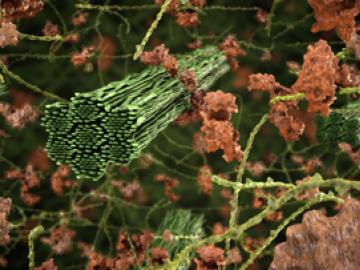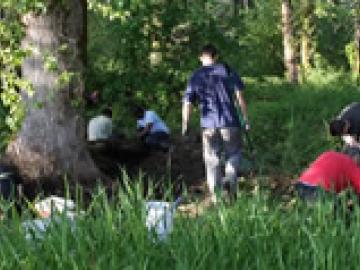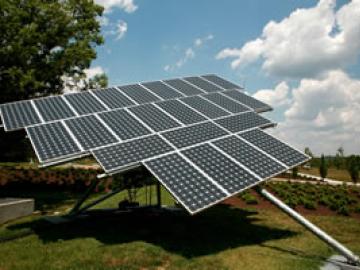
Polyphase wireless power transfer system achieves 270-kilowatt charge, s...


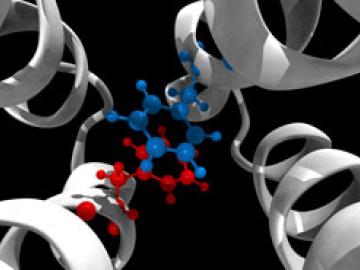

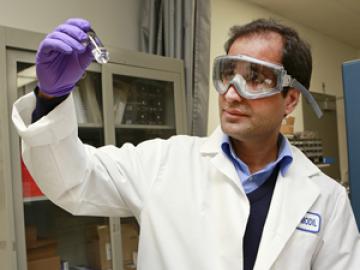

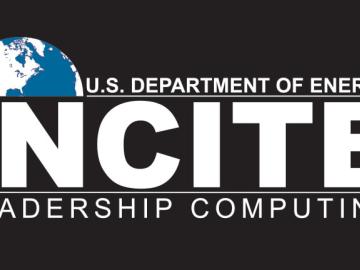
The U.S. Department of Energy’s Office of Science announced 59 projects, promising to accelerate scientific discovery and innovation, that will share nearly 6 billion core hours on two of America’s fastest supercomputers dedicated to open science. Their work will advance knowledge in critical areas from sustainable energy technologies to the environmental consequences of energy use.
